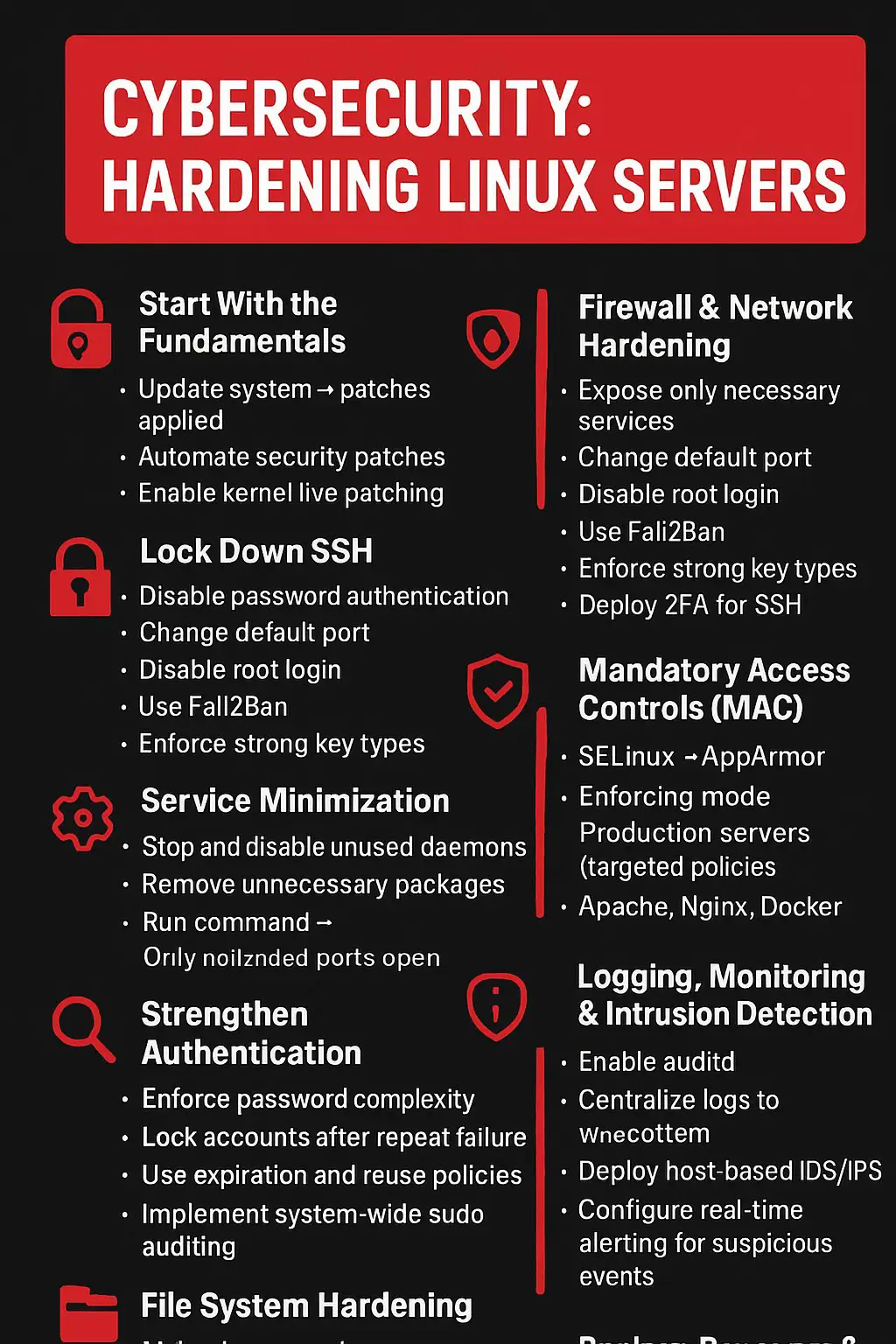chiarangelucci
Region: IT
Friday 29 March 2024 16:29:42 GMT
22080
280
0
3
Music
Download
Comments
There are no more comments for this video.
To see more videos from user @chiarangelucci, please go to the Tikwm
homepage.





